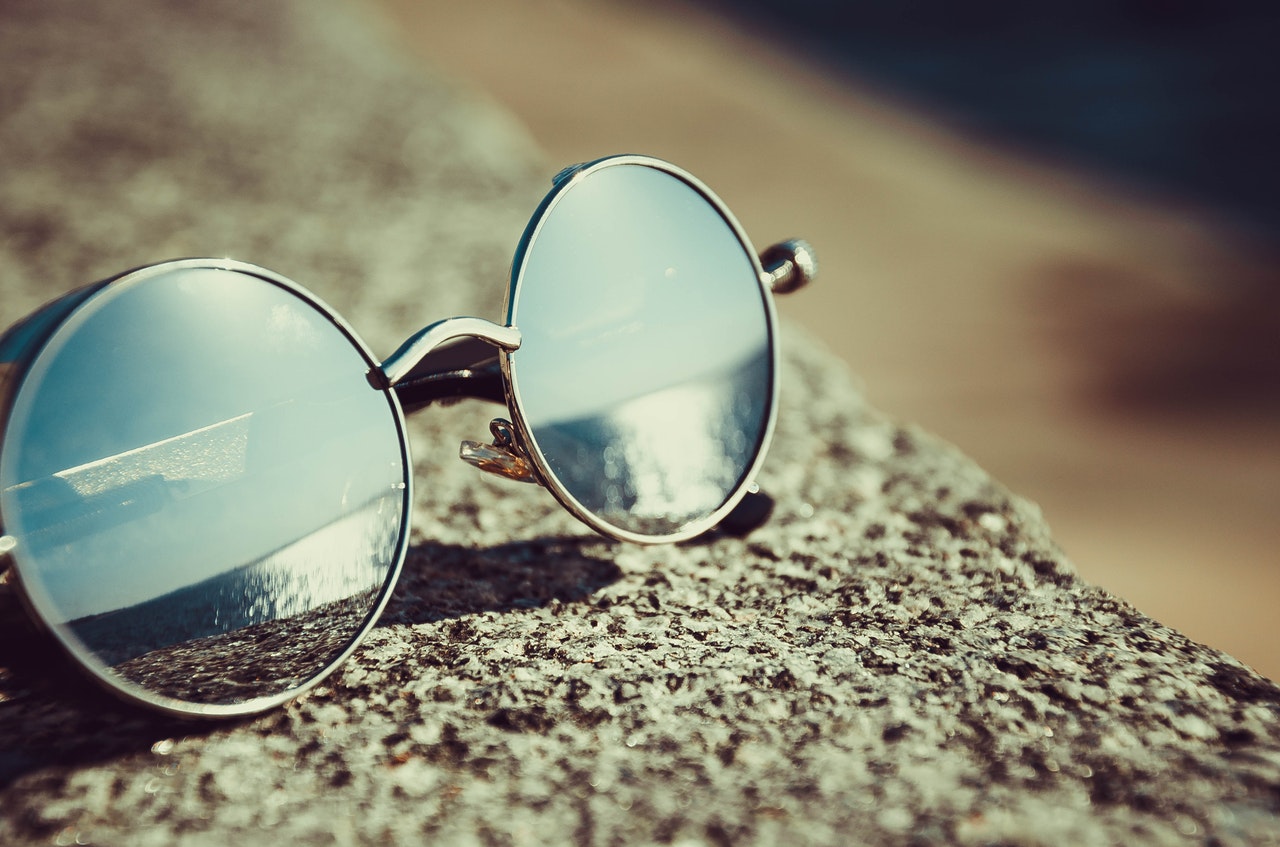The Summer’s Dangerous Family Event

We may think roller coasters, carnival rides, and amusement park rides are fun parts of our summer family vacations, but do you know the daunting statistics behind roller coaster deaths and injuries? Unfortunately, thousands of injuries – and deaths – result from malfunctioning roller coasters every year.
BRAIN DAMAGE
When you hear the words “brain damage,” you probably think of traumatic brain injury (TBI) from a severe accident, such as a car accident or similar incident. However, many forms of brain damage go unrecognized. Often, amusement park brain injury cases involve small children who were too young to ride a roller coaster safely.
A number of rides involve extreme motion, such as violent up-and-down movement, which knocks the brain against the skull. When the head whips around, a severe brain injury can occur without the head ever contacting a physical object. This type of brain injury doesn’t cause immediate damage, but will be noticeable over time.
Many parents notice a change in their child a few weeks after an amusement park ride, such as speech pattern or behavioral changes. Parents can trace these changes back to the amusement park ride, where the extreme physical movement caused a brain injury. Brain damage from rides isn’t limited just to children – brain damage from roller coasters can happen to anyone when the gravitational forces of the roller coaster are too much to withstand.
TRAUMATIC INJURY
The other type of roller coaster injury is traumatic injury, involving blunt-force trauma or people being thrown from rides. You hear about these cases more often than brain damage cases because of the horrific circumstances surrounding the injuries. Mechanical ride failure, improper operation, or other malfunctions can lead to catastrophic accidents.
Broken bones, cuts and bruises, severe head trauma, even death can result from these accidents – permanently affecting everyone involved. The most common types of traumatic injuries from roller coasters include:
- Head, neck, and spinal cord injuries (from spinning roller coasters with a whipping motion)
- Stroke from neck trauma
- TBI from rapid movement or blunt-force trauma
- Brain aneurysms
- Wrongful death from being thrown from a ride
When a roller coaster malfunction leads to traumatic injury or death, those involved can bring a claim of negligence against the park as premises liability, its employees, or a defective product.
WHO IS RESPONSIBLE FOR THEME PARK INJURIES?
The question of who is responsible when a roller coaster malfunction causes injury or death depends on the nature of the accident. If the roller coaster itself has a manufacturer or design defect, such as metal parts placed too closely to the coaster, the injured party can sue the ride manufacturer. If human error led to the accident, such as the operator failing to secure a rider properly, the negligent employee is at fault.
While the government regulates certain amusement park rides, they do not regulate all rides. Mobile amusement park rides, such as those found at a carnival, have rides that travel from site to site and are constantly dismantled and reconstructed. The Consumer Product Safety Commission (CPSC) regulates these rides. However, the CPSC does not have authority to regulate fixed-site rides, such as those found at Disneyworld or other amusement parks.
HOW TO FILE A CLAIM FOR A ROLLER COASTER INJURY
If you or someone you know has been injured or killed on an amusement park roller coaster, carnival ride, or similar ride, call (215) 567-7600, or contact us at the Hill & Associates law firm for expert legal advice and assistance. We have experience handling cases involving negligence, wrongful death, brain injuries, spinal cord injuries, and more. We’ll help you find out who is responsible, file a claim for negligence, and argue your case in court.
